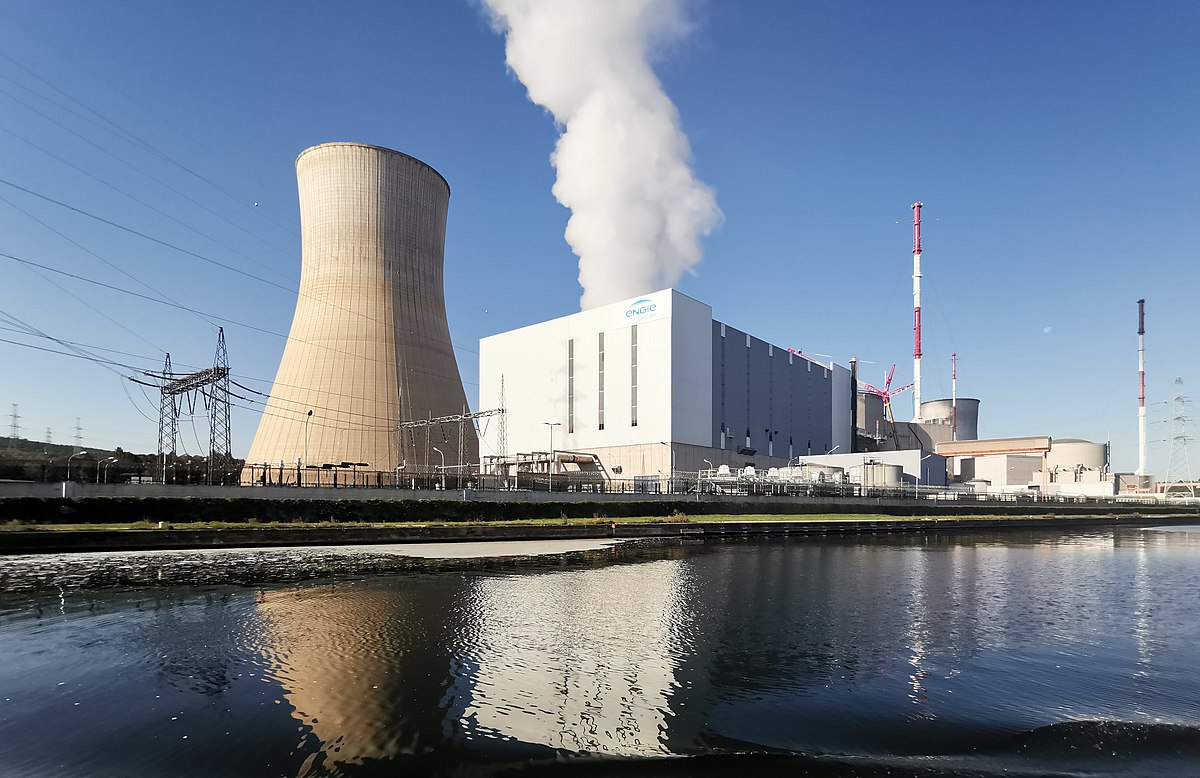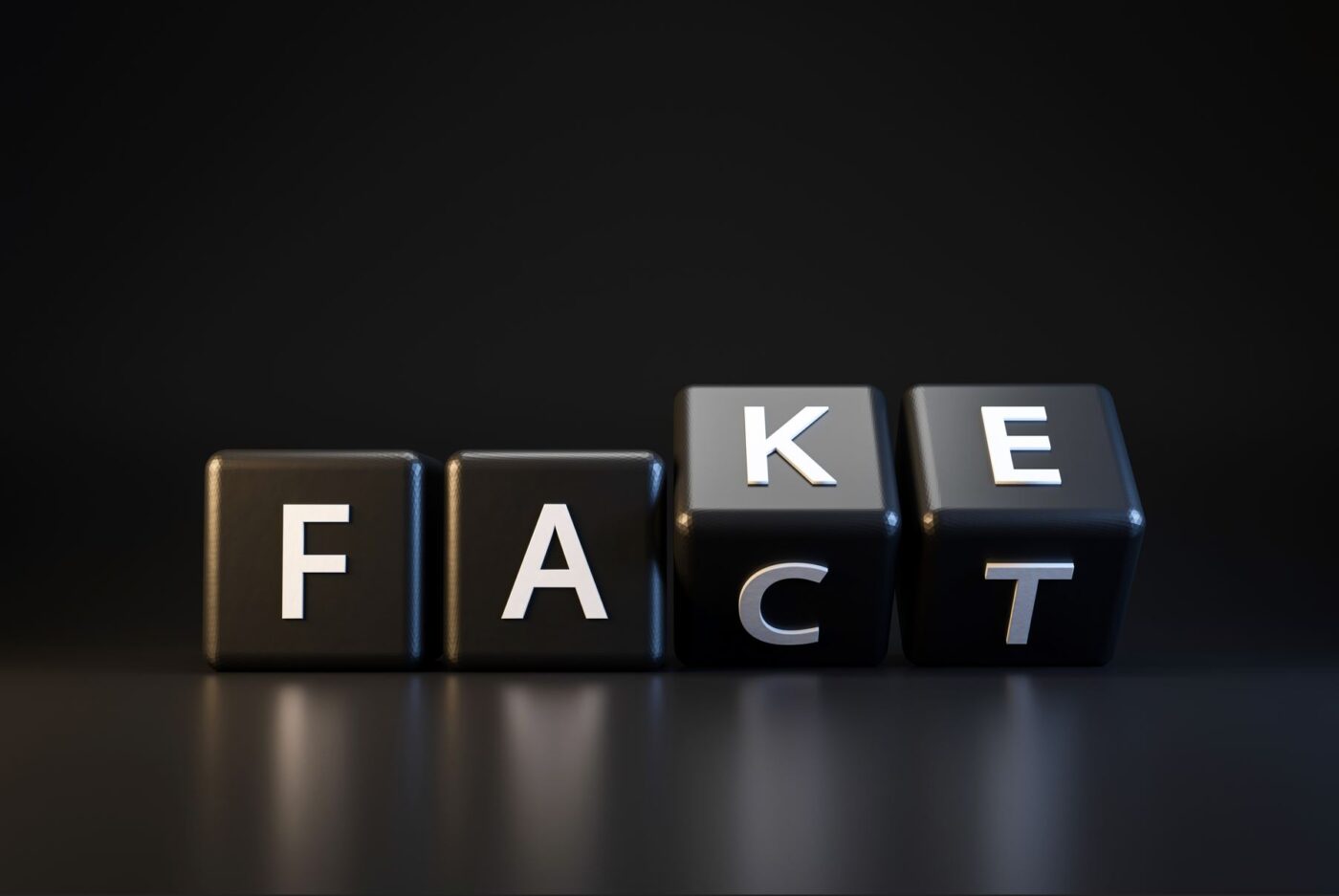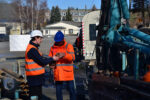Within a decade PGNiG has invested about PLN 5.3 bn in the Norwegian Continental Shelf. Since starting production in 2012, the company has extracted 2.14 bcm of natural gas and almost 2.2 m tons of oil. The question is how much the deposit can still yield? Is it worth to continue investing in Norway? We talked about this with Paweł Poprawa, expert for the energy market from the AGH University of Science and Technology in Kraków.
Norway is increasing gas production
“Norway is an oil country. Oil extraction in the North Sea is indeed very advanced and some deposits are about to run out. However, the future of resource extraction is more optimistic there, than in other North Sea countries. The Norwegian deposits are actually located further to the north, as far as the Barents’s Sea,” the expert said. The Norwegians claim that since they started extraction in the 50s, they have used up 50 percent of natural gas deposits. The production of natural gas has been growing, but extraction of oil has been dropping significantly. This means that different areas in the Norwegian Shelf have been exploited to a different degree. “Up in the north where the undeveloped deposits are located, the conditions are more difficult because of the sub-arctic climate. This increases the costs and puts into question the profitability of production. However, this depends on the specific deposit,” the expert explained.
Norway’s deposits are part of the Norwegian Gateway’s supply chain
According to the analyst, PGNiG’s activities in Norway go hand in hand with the decision to build the Baltic Pipe. “When making a decision to construct such a gas pipeline one needs to be sure that a 10 bcm capacity will be available,” Poprawa said. According to the expert, PGNiG is planning to extract about 2.5 bcm of gas annually by 2022, which means the remaining three quarters of demand need to be bought from other companies.
There are also questions about comparing the price of this solution to continuing the gas imports from Russia. “Considering the ongoing gas market liberalization in Poland and the situation in Europe, the gas from Norway will have to be sold at the same price as the gas from Russia and it will have to compete on the stock exchange. Without knowing the details of the feasibility study of the project, it is very hard to comment on the cost of the Norwegian gas. PGNiG has potential buyers and predicts that the endeavor will be profitable,” he said. Poprawa also added that the open season procedure whose goal is to book capacity on the Baltic Pipe is now taking place. “If a sufficient number of companies voice their interest in booking enough gas to start the project, nothing will stand in the way of an investment decision. Denmark, which is the other partner in the project has been so far positive about it,” he added.
Norway’s gas price depends on the profitability of a given deposit
The expert believes speculations about the price were premature because it was hard to tell how much the gas would actually cost. “Every deposit generates specific costs, which is why the profitability is different in every case. Additional costs will include depreciation caused by the construction of the Baltic Pipe. Without access to the data stemming from the project’s feasibility study, it is hard to determine the price level. If the project was not profitable nobody would buy the gas from Norway. At the same time I know that Baltic Pipe is a business project and its partners promise it will be profitable,” he stressed.
Poprawa also added that considering historical experiences nobody was capable of predicting what oil and gas prices would look like in a few years. “Long-term forecasts have not checked out so far. None of the significant price changes of the raw materials in the world markets have been predicted in the previous decades. At the same time market fluctuations and its changes are surprising the players, for instance in the second half of the 1990s the oil price dropped to USD 9 per barrel, then jumped to USD 120-140 and between 2015-2017 dropped again by 40-50 percent. In the future, oil and gas prices may surprise us as well. This also impacts the investment risk in Norway. This actually boils down to losing the market and everybody needs to function with this risk by making forecasts that will determine the profitability of a given project,” Poprawa said.
Norway is watching the Baltic Pipe
The Norwegian partners declared they wanted to cooperate when it comes to the Baltic Pipe, but Statoil said it did not want to be its shareholder. “It is in the interest of the Norwegian state to extract gas and sell it in our region, but Statoil is a commercial company whose goals do not have to be in line with the state’s,” Poprawa commented. “The Baltic Pipe is a lot more important to PGNiG than to the Norwegians. The Norwegians are interested in selling gas and PGNiG will have to buy the missing volume on the market. Commercial interests may unite all of the interested parties -Poland, Denmark and Norway,” he concluded.








